
Printed textiles are "not just an accessory but something that can create a space" says Marimekko creative director
Bold colours and prints can enhance interiors in the same way as architectural details, argues Rebekka Bay of lifestyle brand Marimekko in this interview.
Bay was appointed creative director of the Finnish design firm in 2020 having previously held top roles at fashion brands including Everlane, Cos and Uniqlo.
Founded in 1951, Marimekko is known for its bright and bold prints that are applied to clothing, ceramics and homeware.
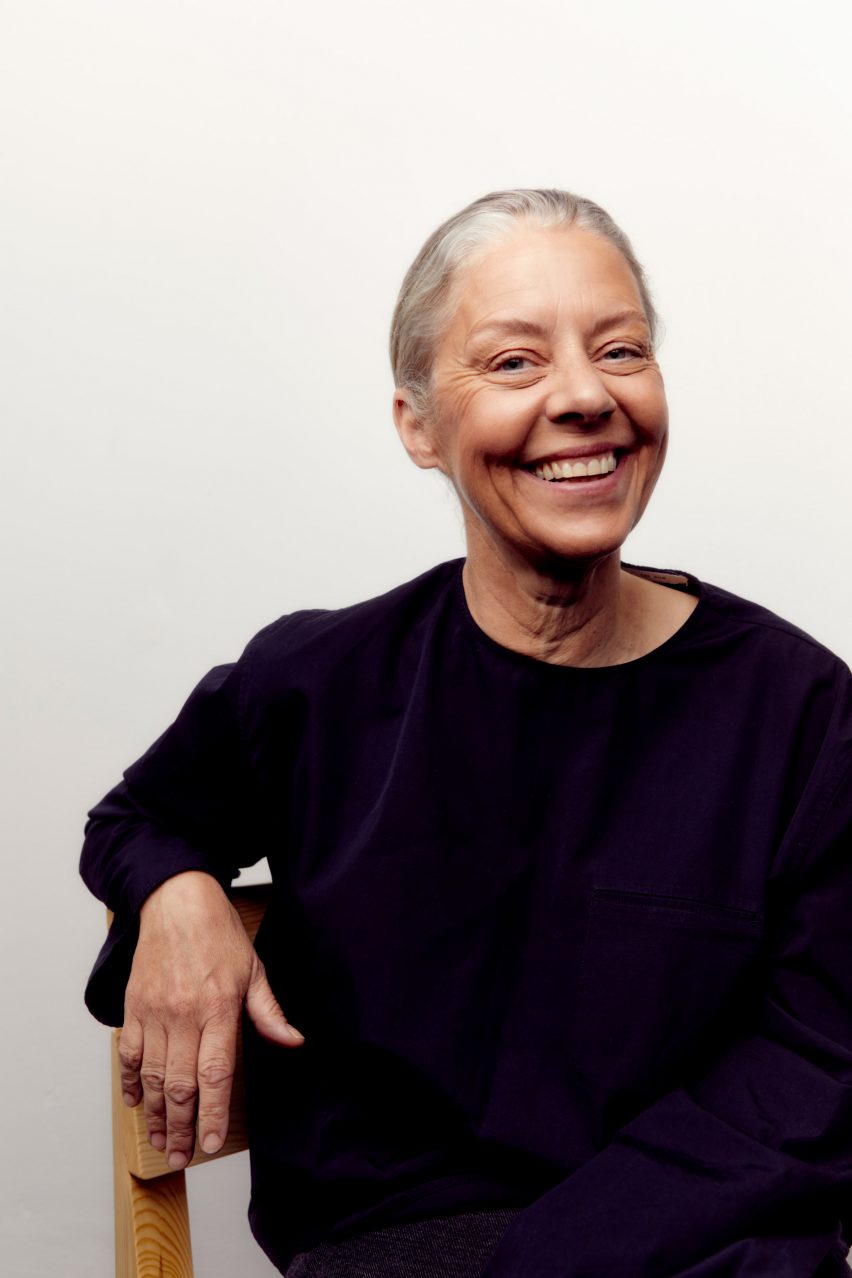
More than just decorative pieces, Bay believes Marimekko's patterned surfaces can be used as features to define and create interior spaces.
"Often printed textiles are confused with this idea of just being like a drape or a tablecloth, but really when we develop printed textiles at Marimekko we see them as architectural elements, something that can also add spatial design or architectural elements to your home," she told Dezeen.
"They are not just an accessory, but actually something that can create a space."
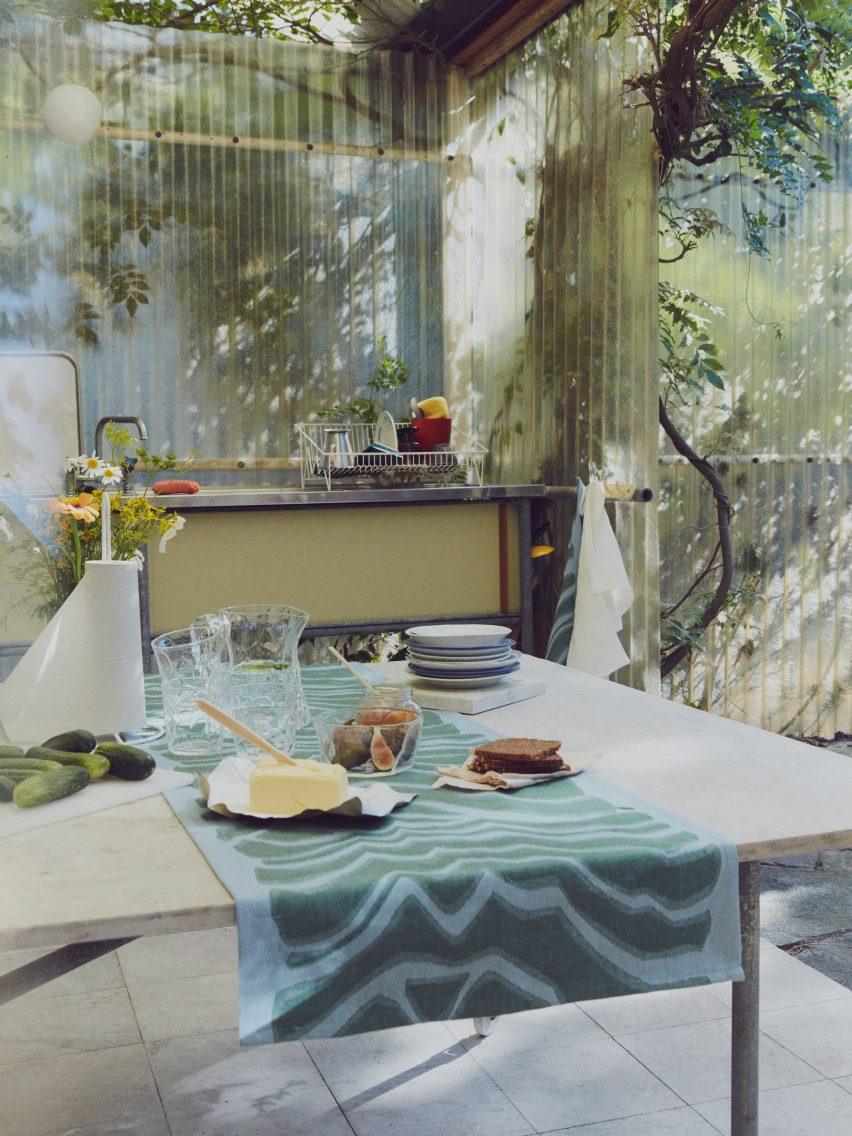
In the wake of coronavirus lockdowns, the ability of colourful prints to improve wellbeing and happiness in the home has become increasingly valuable, Bay added.
"The role of the home is increasingly important because we have all been forced to relate to what our home environment is and how it supports our wellbeing," she said.
"There is a renewed understanding of the importance of creating a home environment that will allow you to both rest and re-energise."
"Being surrounded by bold beauty is something that evokes happiness or optimism," Bay continued.
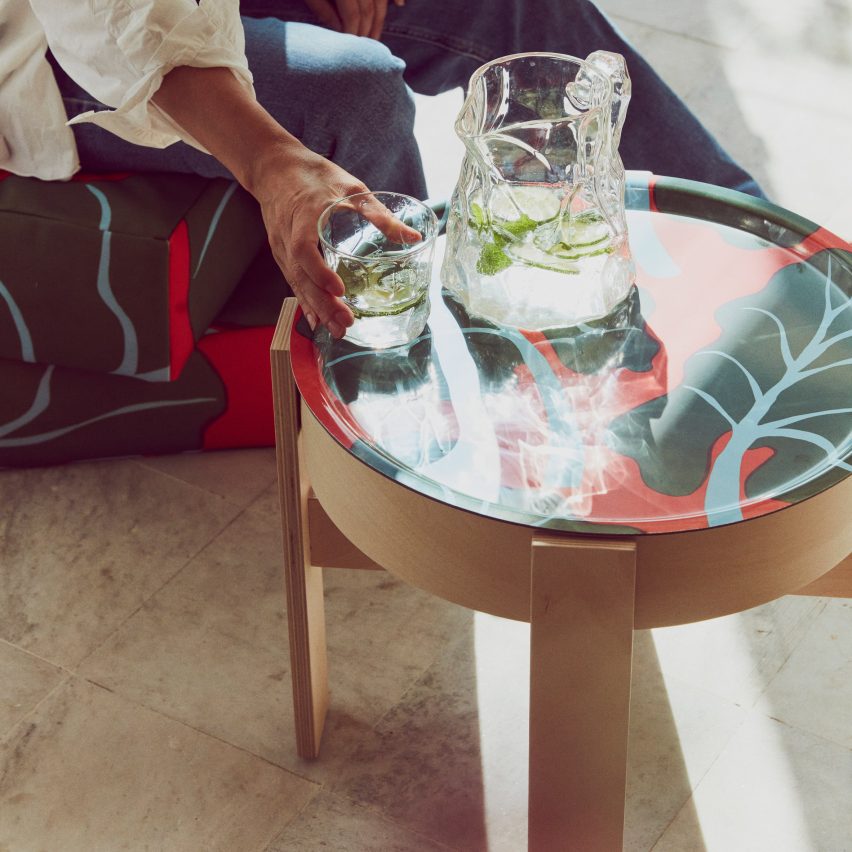
Picking up on this trend, Marimekko recently collaborated with Swedish furniture retailer IKEA to create a homeware collection named Bastua, which includes furniture, glassware and textiles informed by nature and the self-care rituals of the Nordic sauna.
Drawing on the brands' Nordic heritage, the Bastua collection features practical home objects made from wood and glass.
Bay said the collaboration aimed to focus on circularity and longevity.
"What we share both at Marimekko and IKEA is that in the design process, we are concerned with how to design for circularity, how to design for longevity, how to design objects of timeless value and also multi-use objects," she said.
"Our intent in this collaboration was to design objects that will have this timeless value, both in terms of the design but also in terms of material."
"We have worked in very honest natural materials with glass and wood and other materials that improve over time and also focused on how the materials can be either recycled or upcycled."
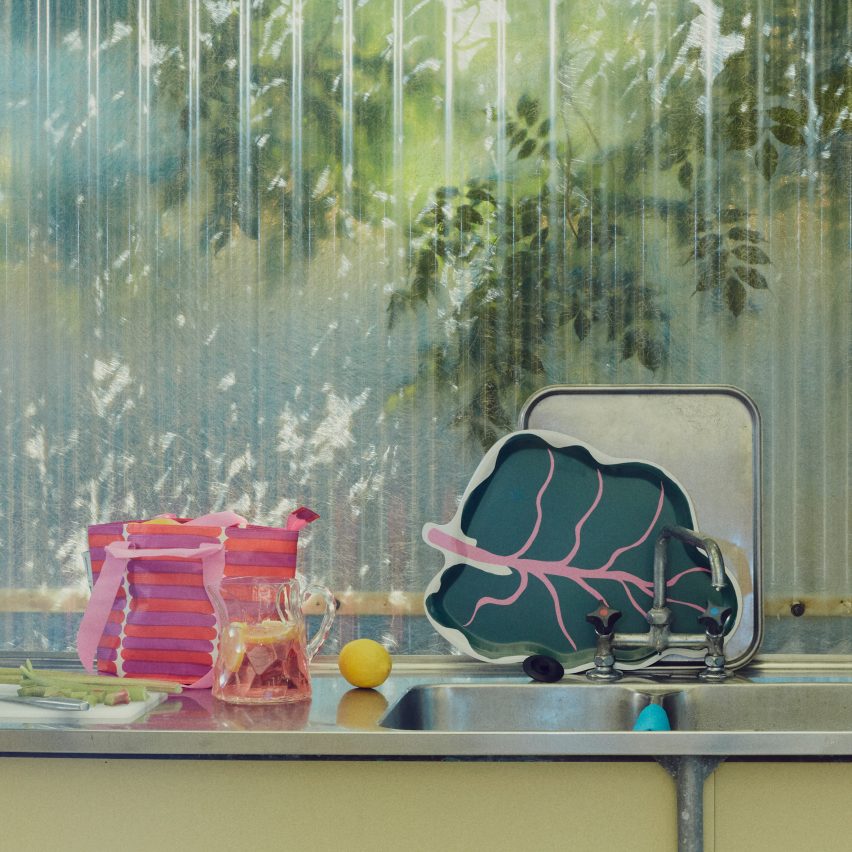
Marimekko developed brand new prints for the Bastua collection, including a large rhubarb-leaf design that references the plants often found growing beside sauna buildings in Finland.
This print was applied to bath robes, seat cushions, shower curtains, trays and the iconic IKEA carrier bag.
"Functionalism and pragmatism joins this idea of celebrating everyday objects, which is very much a product of Marimekko's mission – to bring joy to people's everyday lives," said Bay.
"I think for Nordic designers, we have strong design traditions in creating very beautiful but very functional, democratic design."
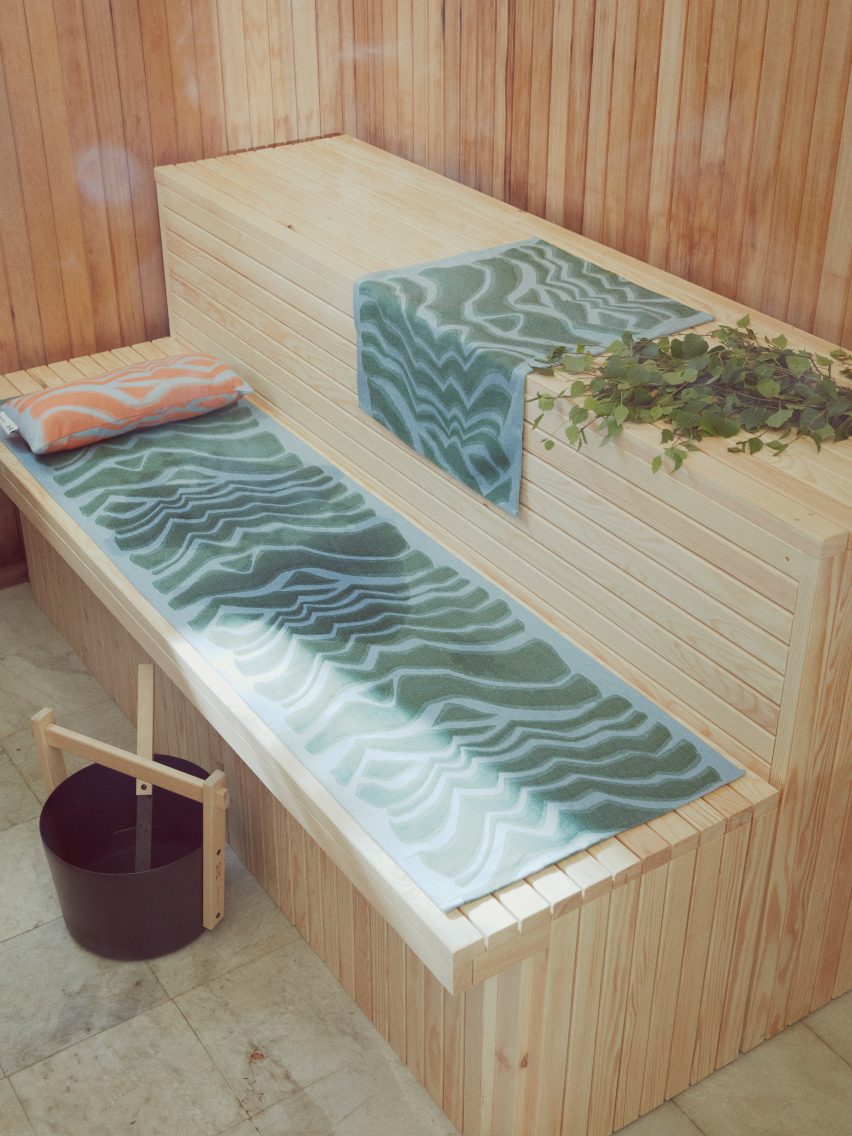
In addition, she emphasised a desire to inject an element of humour into the designs.
"At times it's very subtle and very serious, but I think what is unique to both Marimekko and IKEA is this intent also to bring a smile or a wink," she continued.
"There's something outside of the seriousness, wanting to develop truly high-quality, timeless design but also wanting to bring this little wink."
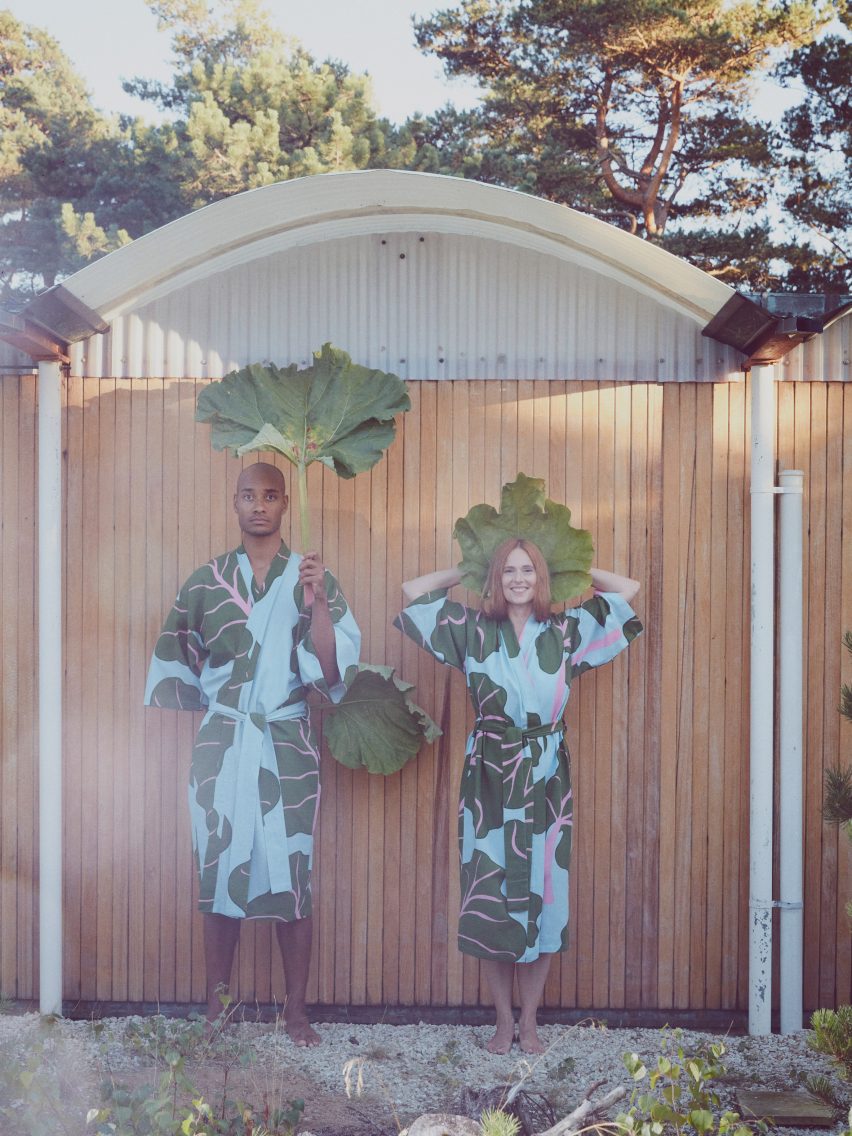
Marimekko has accrued a large portfolio of prints over its seven decades of production and still reproduces archive designs.
The brand's historic prints are used to inform new print designs that it hopes will resonate with modern consumers.
"I think there's always this danger if you only look back that you end up being self-referential, or you end up being an archive or a museum piece," said Bay.
"I would hate to create something of only museum value and not create a proposal for the future," she added.
"There is this always looking back in order to look forward, always understanding what has resonated, what has broad relevance and then see if we can reposition or refocus that."
Other projects recognisable for their bold textile designs that have been featured on Dezeen include a collection of upholstery fabrics informed by Iranian culture and an exhibition that celebrates a 1940s print by using it to cover walls and seating.
The photography is courtesy of Inter IKEA Systems BV unless otherwise stated.